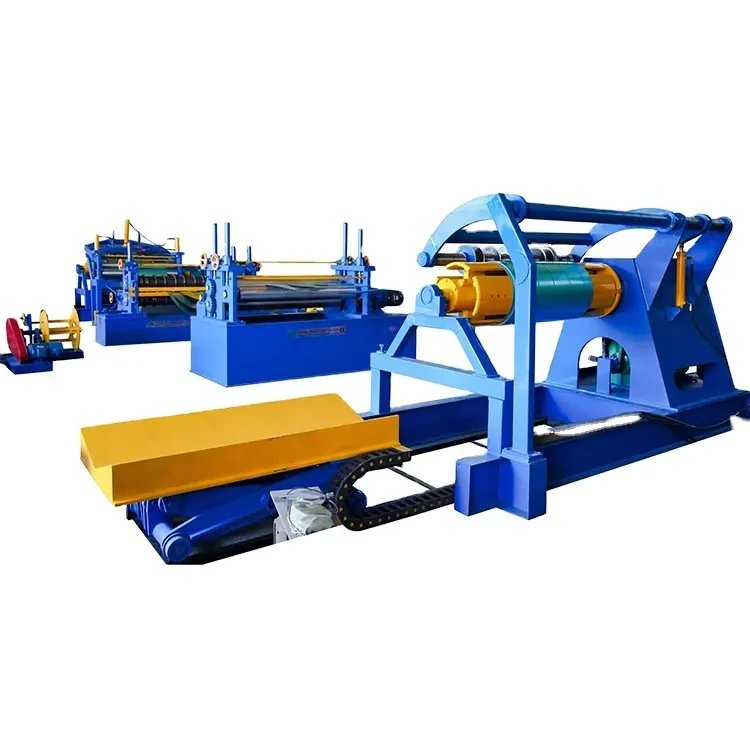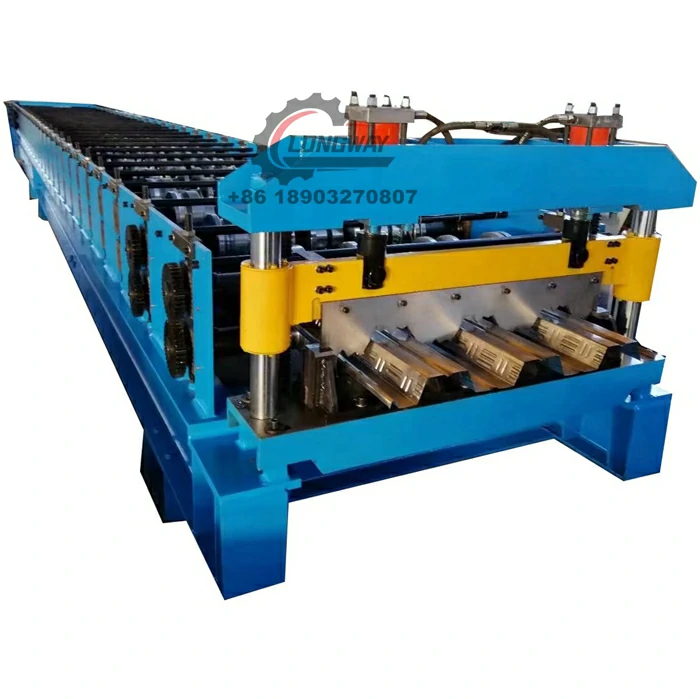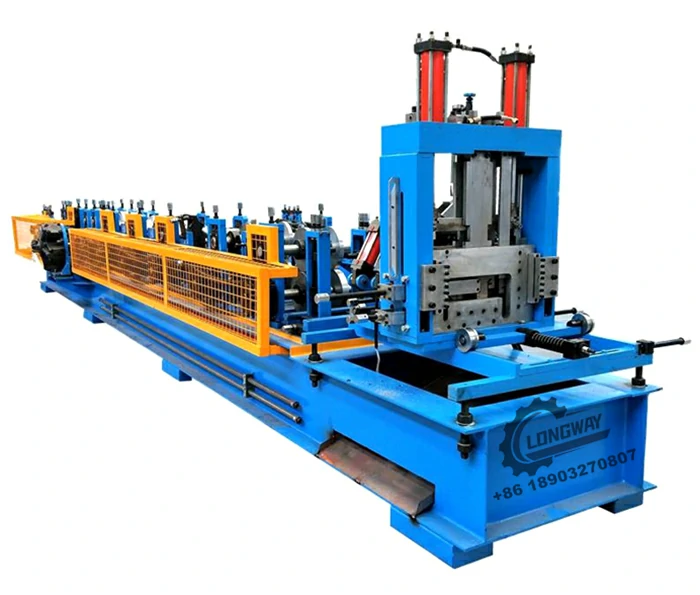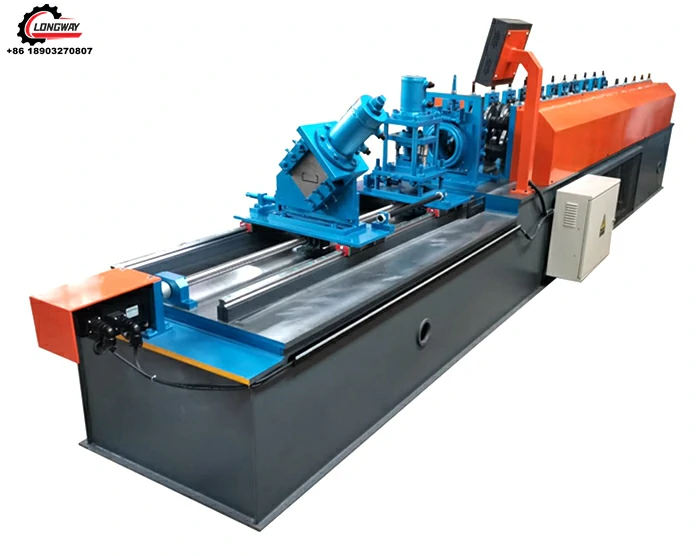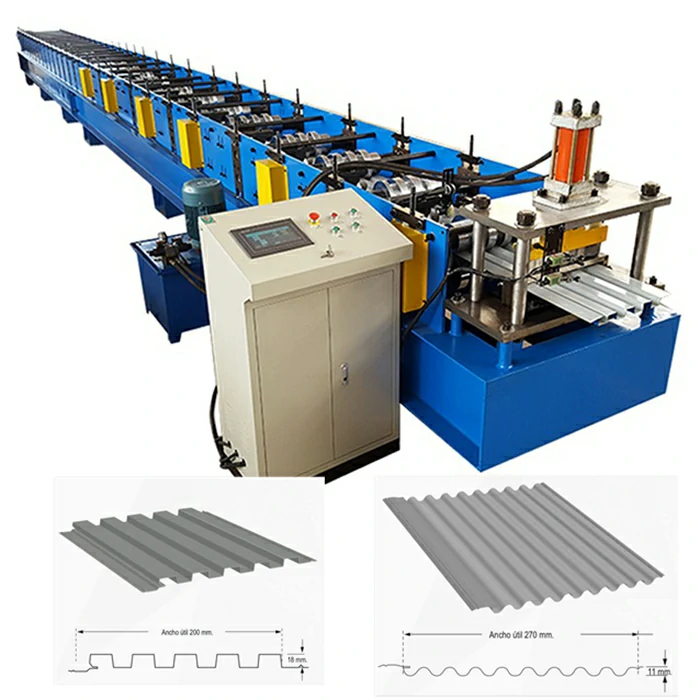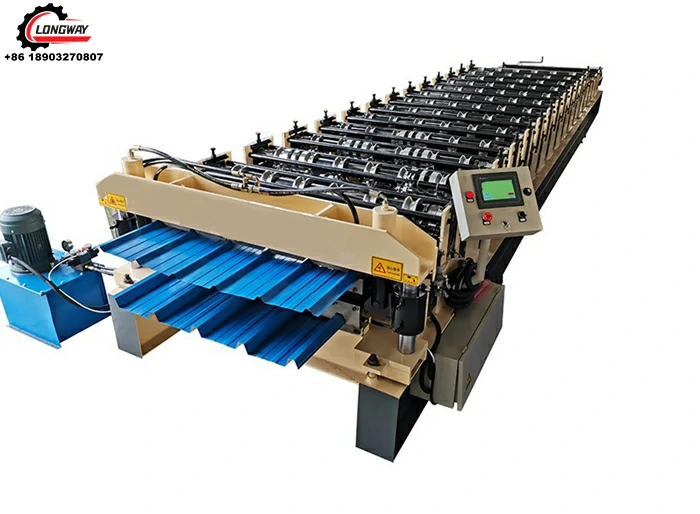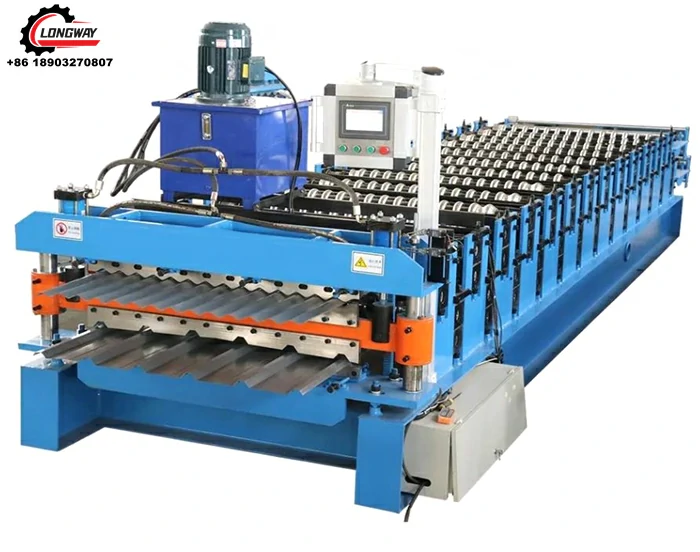Standing Seam Forming Machine – Durable Metal Roofing Solutions for Global Industries
Standing Seam Forming Machine: A Global Game-Changer in Roof and Panel Fabrication
Standing seam forming machines are quietly revolutionizing how metal roofing and cladding are produced worldwide. For industries ranging from construction to humanitarian relief, understanding these machines is more than just a technical detail — it’s about efficiency, sustainability, and adaptability on a global scale. But what exactly makes these machines so crucial, and why is their growing prevalence something worth noting? Well, let’s dive in.
The Global Relevance of Standing Seam Forming Machines
Worldwide, metal roofing accounts for a significant portion of sustainable construction methods. According to the International Organization for Standardization (ISO), metal roofs can last 40-70 years, making them a preferred choice for long-term infrastructure projects. The standing seam forming machine plays a pivotal role here— by automating the creation of interlocking metal panels, this machine helps deliver weather-tight, durable roofs quickly and efficiently.
In emerging economies, where rapid urbanization and climate resilience are priorities, standing seam machines become especially valuable. The World Bank insists that resilient infrastructure must be scalable, affordable, and environmentally sound. This is exactly where standing seam forming technology shines — by reducing manual labor, waste, and material costs. Moreover, communities exposed to frequent natural disasters rely on fast, reliable roofing solutions, where these machines help meet urgent rebuilding needs.
What Exactly Is a Standing Seam Forming Machine?
At its core, the standing seam forming machine is an automated piece of equipment that shapes flat metal coils into long, continuous panels with raised seams. These seams—standing vertical ridges—serve as locking edges that allow panels to interlock securely. The process produces durable panels ideal for roofing, siding, and facades.
Its importance goes beyond industrial convenience: standing seam roof systems contribute to energy efficiency and water-tightness, critical factors in both commercial buildings and relief shelters. Effectively, this technology bridges industrial precision with humanitarian impact.
Mini takeaway:
- Standing seam machines automate precision panel manufacturing.
- They enable durable, weather-protected roofing and cladding.
- They support both large industry and rapid-response scenarios.
Key Components and Factors of Standing Seam Forming Machines
1. Durability and Material Compatibility
Most machines handle galvanized steel, aluminum, or stainless steel strips, sometimes up to 1.2mm thick. As many engineers note, the capacity to fold metal to tight tolerances while preserving structural integrity is what sets high-quality machines apart.
2. Scalability and Throughput
Speed often ranges from 8 to 25 meters per minute, which roughly means a small roofing job’s panels can be ready within a day or two. From small fabrication shops to industrial-size plants, machines come in sizes to meet various volume needs, making them scalable.
3. Automation and User Interface
Modern standing seam forming machines almost always feature PLC (Programmable Logic Controllers) paired with touch-screen interfaces. This allows operators to set parameters quickly and reduces potential human errors, which is especially vital in remote locations where expert technicians can't always be present.
4. Customization and Flexibility
Besides standard panel widths, some machines allow adjustable seam heights and panel lengths on the fly. This means clients can order different standing seam profiles for different projects—residential homes, industrial sheds, or emergency shelters—using the same equipment footprint. That kind of flexibility is golden in real-world use.
5. Energy Efficiency
Energy consumption might not get much spotlight, but many newer machines boast energy-saving motors and components, congruent with global pushes toward sustainable manufacturing.
Mini takeaway:
- Durability depends on metal compatibility and tight tolerances.
- Machine speeds allow rapid scaling of production volumes.
- User-friendly automation increases precision and reduces errors.
Standing Seam Forming Machine: Real-World Applications Across Continents
The applications of standing seam forming machines can be seen in diverse settings:
- Industrial zones in Asia: Large factories use these machines to produce roofing panels at high volume for warehouses and plants.
- European Green Building Projects: Thanks to durability and efficient rainwater drainage, standing seam panels created by these machines are key in eco-conscious constructions.
- Post-disaster rebuilding in Latin America: NGOs rely on mobile or smaller standing seam forming machines to fabricate self-locking roof panels that resist high winds and rain — ideal for quick shelter deployment.
- Remote mining camps in Africa: The machines’ portability allows on-site panel fabrication, cutting delivery costs and timing drastically.
Mini takeaway:
- Applications span from large-scale plants to emergency shelter manufacturing.
- Global regions benefit differently but consistently value durability and speed.
- Portability and customization enhance usage in remote or urgent situations.
Advantages and Long-Term Value of Standing Seam Forming Machines
Cost efficiency, frankly, is a huge reason many companies and organizations invest in standing seam forming machines. They cut labor costs, reduce waste, and ensure panels are uniform — translating into fewer installation problems and longer-lasting roofs.
Beyond dollars, these machines support environmental sustainability. By forming panels on-demand and near the construction site, transportation footprint shrinks. The metal panels themselves are recyclable, adding further value.
On the social front, reliable weatherproof roofs improve safety and dignity for families and workers alike. There’s an emotional side rarely spotlighted: a standing seam roof made efficiently can literally mean shelter from a storm, peace of mind, or even a family’s legacy for generations.
Standing Seam Forming Machine: Product Specifications
| Specification | Typical Value | Notes |
|---|---|---|
| Material Thickness | 0.3 - 1.2 mm | Steel, Aluminum, Stainless |
| Panel Width | 300 - 600 mm | Adjustable |
| Speed | 8 – 25 m/min | Dependent on model |
| Power Supply | 380V, 50/60 Hz, 3-phase | Standard industrial |
| Control System | PLC with Touchscreen | User-friendly UI |
Comparing Major Standing Seam Forming Machine Vendors
| Vendor | Max Speed (m/min) | Automation Level | Customization Options | Price Range |
|---|---|---|---|---|
| Brand A | 20 | Semi-Automated | Fixed panel width | $$$ |
| Brand B | 25 | Fully Automated | Adjustable seam height & width | $$$$ |
| Brand C | 15 | Manual with Automation Option | Standard widths | $$ |
Future Trends and Innovations in Standing Seam Forming Technology
Looking ahead, standing seam forming machines are set to get smarter and greener. For starters, digital integration using IoT (Internet of Things) is beginning to allow remote diagnostics and optimization, reducing downtime. Imagine technicians in Europe tuning a machine in Africa without leaving their chairs!
Material-wise, there's growing interest in using coated metal sheets that are even more corrosion-resistant and sustainable. Plus, with the rise of solar roofing panels, integrating standing seam profiles compatible with photovoltaic systems is on the horizon.
Finally, reducing carbon footprint remains central - manufacturers are exploring energy-efficient motors and regenerative braking systems for these machines.
Overcoming Challenges with Standing Seam Forming Machines
No tech is perfect, right? Some hurdles persist: initial capital investment is high compared to traditional manual methods, and field operators require some training. Additionally, in very remote or disaster scenarios, power reliability can hamper machine use.
However, many pioneers are offering modular, mobile versions of these machines. They run on diesel generators or solar-power kits, offering solutions for off-grid needs. Moreover, partnerships with NGOs include training teams locally for maintenance and operation, creating sustainable ecosystems.
Frequently Asked Questions About Standing Seam Forming Machines
- What metals work best with standing seam forming machines?
- Typically, galvanized steel, aluminum, and stainless steel with thicknesses between 0.3 and 1.2mm are best. These provide optimal strength and flexibility for forming stable seams.
- Can these machines be used for custom roof panel sizes?
- Yes, many modern machines allow for adjustable panel widths and seam heights, enabling customization on the fly to suit different projects.
- How portable are standing seam forming machines?
- There are various models — from large industrial units to semi-portable systems designed for field use, including disaster sites or remote industrial areas.
- What maintenance does a standing seam forming machine require?
- Regular lubrication, timely replacement of rollers, and calibration checks are typical. Most manufacturers provide detailed guides and some remote support options.
- Where can I see these machines in action or purchase them?
- You can visit manufacturers’ demo centers or websites. For instance, check out a leading supplier at standing seam forming machine for detailed specs and inquiries.
Wrapping Up: Why Standing Seam Forming Machines Are Worth the Investment
Standing seam forming machines power more than just roofing factories — they form the backbone of durable, sustainable shelter solutions worldwide. They balance cost-efficiency, adaptability, and innovation, proving indispensable in both booming urban centers and disaster-stricken areas.
For anyone serious about metal roofing or cladding, these machines are a bright spot of technological progress meeting practical, human needs. Curious to see what they can do for you? Visit standing seam forming machine and start exploring your options today.
References
-
Corrugated iron roofing sheet making machine with CE, AutoNewsNov.17, 2025
-
3mm Steel C U Channel Roll Forming Machine, Heavy DutyNewsNov.17, 2025
-
Calamima Micro Ondulada corrugated roof sheet machine - CNCNewsNov.17, 2025
-
Metal Roofing Roll Former for Sale Companies - Fast, PreciseNewsNov.17, 2025
-
Drywall Steel L Angle Bar forming machine | Fast, PreciseNewsNov.17, 2025
-
Corrugated Iron Roofing Sheet Making Machine, Fast & DurableNewsNov.11, 2025
-
Corrugated Metal Roofing Machine | High-Speed, Precise, CENewsNov.11, 2025
